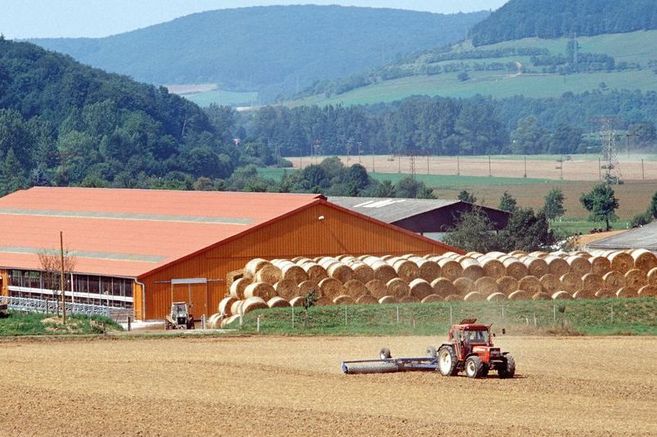Project
Economic evaluation of husbandry systems with different animal welfare levels

Poultry farming 2030 - What are the visions and how do we get there? Economic evaluation of husbandry systems with different animal welfare levels
Germany wants to be a pioneer in animal welfare and has stricter requirements for this than most other countries in the world. An important milestone was the abolition of cage systems for laying hens. But is everything all right now? All the farming systems currently in use have their weaknesses and there is still no way in sight to overcome them.
Background and Objective
In order to develop a path to a better future, the Thünen Institute first conducted a comparative analysis of the current husbandry systems. Together with farmers and advisors, criteria were developed to objectively evaluate the different husbandry systems.
Approach
In the first step, biological-technical production figures were compared for each husbandry system in order to derive causes for differences in full costs in the next step. The estimation of production costs in the investigated husbandry systems was carried out on the basis of farm branch evaluations, which provided valuable information.
Thünen-Contact

Duration
Permanent task 1.2018
More Information
Project status:
ongoing
Publications to the project
- 0
Thobe P, Spindler B, Schierhold S, Pruisken H (2021) Idyllisch, aber teuer? DGS Mag 73(39):44-47
- 1
Thobe P (2020) Sistemas de alojamiento pará ponedoras con diferéntes niveles de bieñestar: Comparación Económica [online]. Selecc Avicol 737:38-46, zu finden in <https://avicultura.com/sistemas-de-alojamiento-para-ponedoras-con-diferentes-niveles-de-bienestar/> [zitiert am 28.10.2020]
- 2
Thobe P, Isermeyer F (2019) Das Ei des Kolumbus : auf der schwierigen Suche nach einem Zielbild für die Geflügelhaltung. DGS Mag 71(36):16-19








